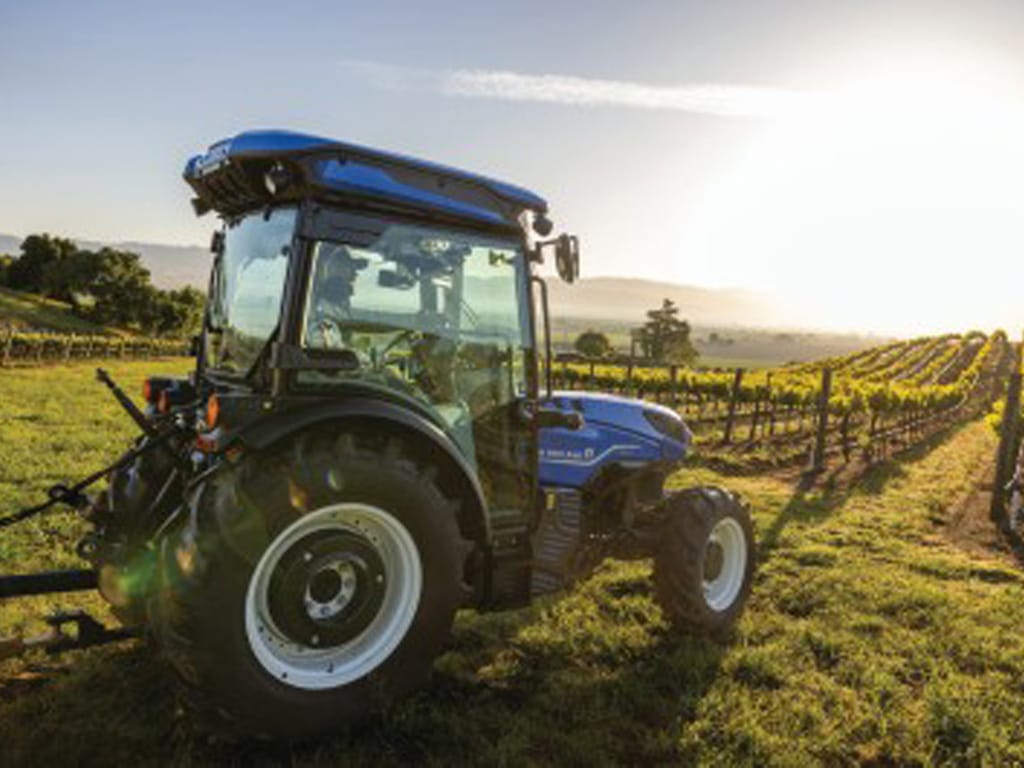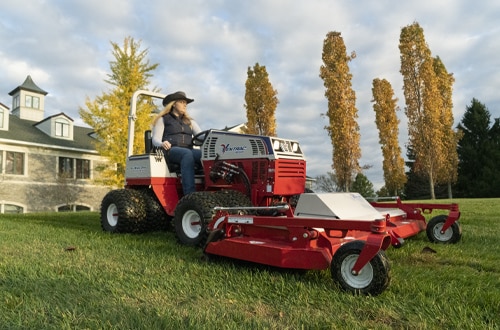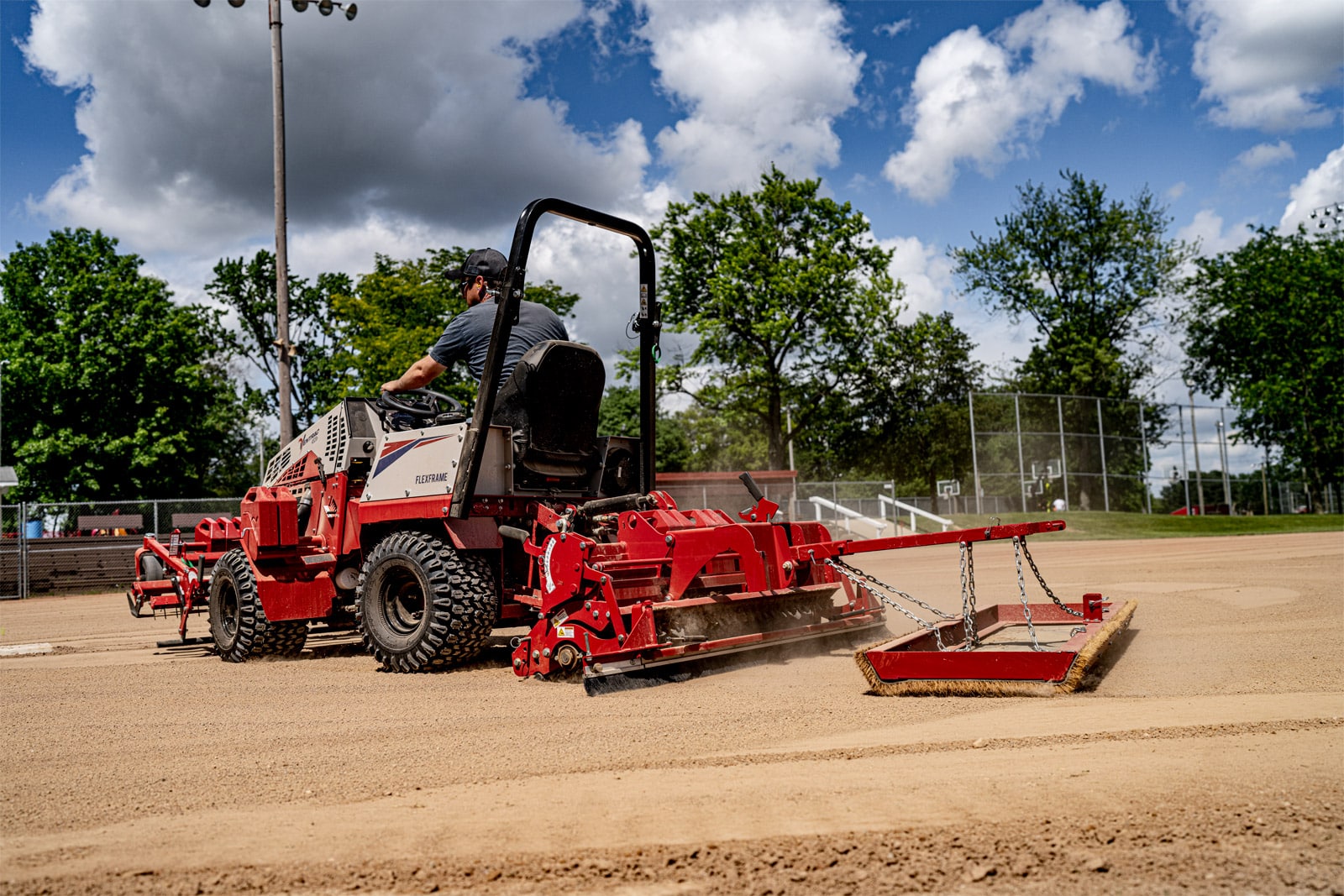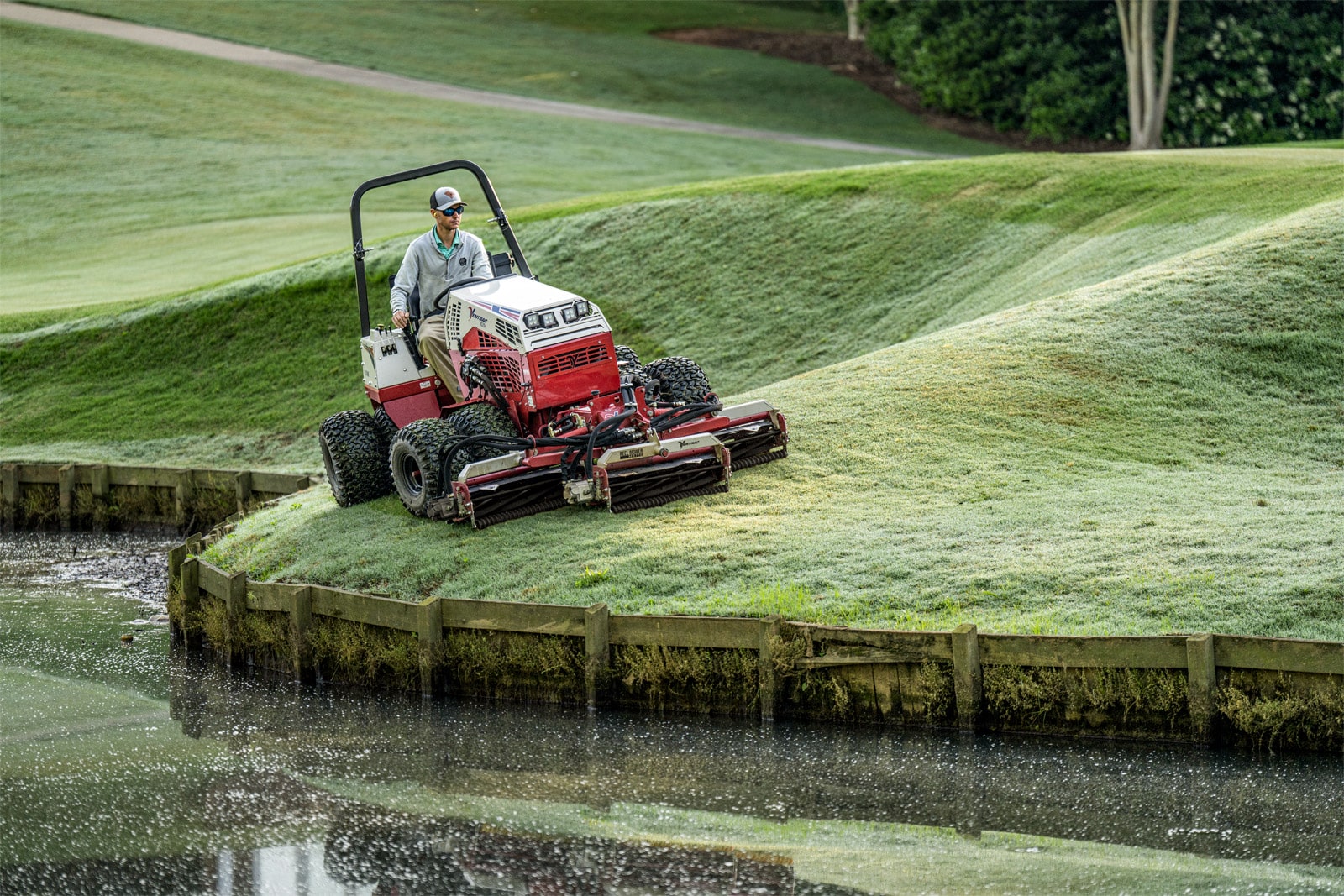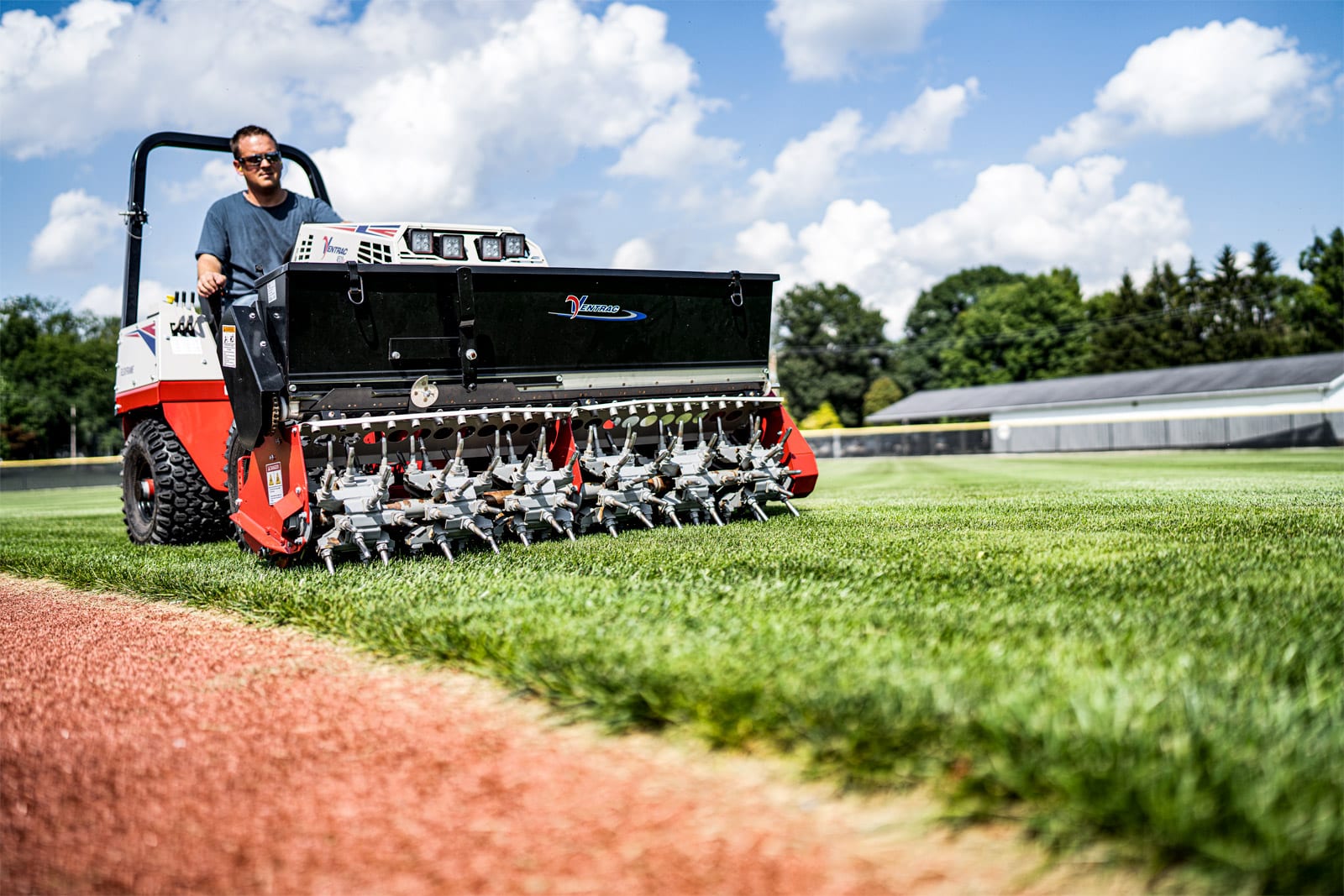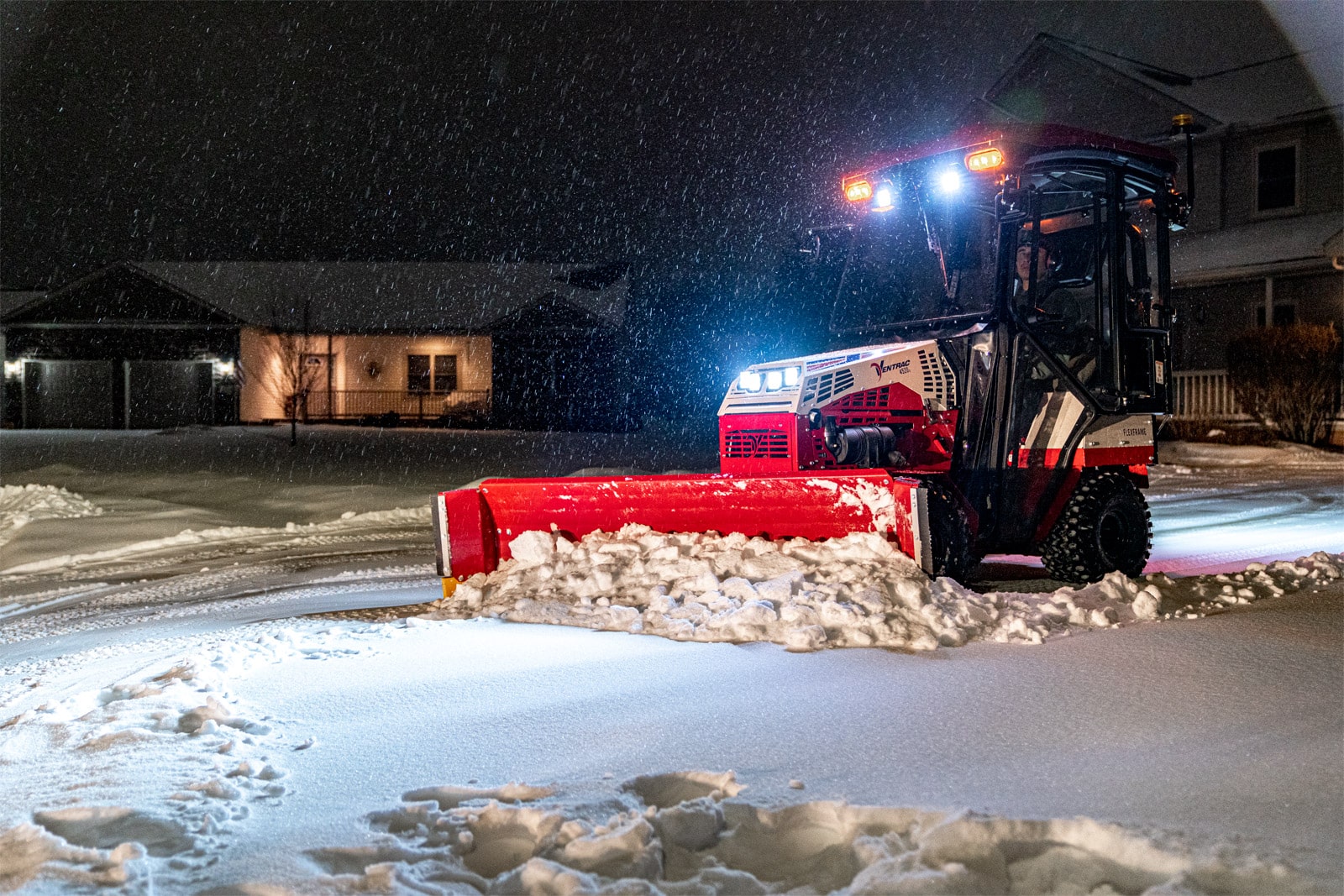From Soil to Success: Modern Equipment for Ontario’s Thriving Farms.
In the dynamic landscape of Ontario agriculture, where profitability hinges on every bushel and acre, the adoption of advanced tillage and planting equipment has become a cornerstone of modern farming success. As farmers face escalating input costs, unpredictable weather patterns, and the continuous demand for increased productivity, traditional methods are giving way to sophisticated machinery designed for unparalleled precision, efficiency, and sustainability. This article will explore how innovative advancements in tillage and planting technologies are not merely incremental improvements but revolutionary tools that empower Ontario farmers to optimize soil health, enhance crop establishment, and ultimately, significantly boost yields, securing a more prosperous and sustainable future for the province’s agricultural sector.
Introduction
Ontario’s agricultural heritage is rich, built on the dedication and hard work of generations of farmers. However, the demands of modern farming are increasingly complex. To remain competitive and sustainable, Ontario farmers are continually seeking ways to maximize their land’s potential. This quest for efficiency often leads directly to the machinery that interacts most intimately with the soil – tillage and planting equipment. Gone are the days when a simple plow and planter sufficed. Today, a new generation of sophisticated machinery is transforming how crops are established, offering unparalleled precision, minimal soil disturbance, and optimized seed placement. These technological leaps are not just about doing things faster; they’re about doing them smarter, leading directly to healthier crops, reduced input costs, and ultimately, higher yields that are crucial for the economic vitality of Ontario’s farms. This article will delve into the transformative impact of modern tillage and planting equipment, exploring the key innovations that are reshaping Ontario’s agricultural landscape and highlighting how these advancements contribute directly to the prosperity of the province’s growers.
Here are ten key advancements in modern tillage and planting equipment boosting yields in Ontario:
- Precision Planters with Advanced Seed Metering
The cornerstone of a successful crop begins with precise seed placement. Modern precision planters have revolutionized this process, moving far beyond traditional drills that simply drop seeds. These advanced machines utilize sophisticated metering systems – often vacuum or pneumatic – to ensure a single seed is accurately placed at the exact desired depth and spacing. This eliminates skips and doubles, ensuring every seed has the optimal space and resources to thrive.- Elimination of Skips and Doubles: By precisely singulating seeds, modern planters prevent areas with no plants (skips) and areas with too many plants (doubles), both of which reduce yield. Each seed gets the ideal amount of sunlight, water, and nutrients.
- Consistent Seed Depth: Maintaining a uniform planting depth across the field is crucial for even emergence, which is a major factor in yield. Precision planters achieve this through robust parallel linkage systems and advanced downforce control mechanisms.
- High-Speed Planting Capabilities: Despite their precision, many modern planters can operate at higher speeds without sacrificing accuracy, allowing farmers to cover more acres in ideal planting windows, especially critical during short Ontario springs. This means getting the crop in when conditions are just right.
- Example: New Holland’s sophisticated planters are renowned for their accurate seed placement and durability, making them a top choice for Ontario farmers aiming for uniform stands.
- Variable Rate Technology (VRT) in Planting
No field is perfectly uniform. Soil types, nutrient levels, and moisture content can vary significantly across an acre. Variable Rate Technology (VRT) integrated into planters allows for the automatic adjustment of seeding rates based on real-time data or pre-loaded prescription maps. This means applying more seeds where the soil is more fertile and fewer where conditions are less ideal, optimizing resource allocation.- Optimized Seed Density: Instead of a blanket seeding rate, VRT allows farmers to plant the optimal number of seeds for each specific zone, preventing overcrowding in poor areas and maximizing plant population in highly productive zones.
- Reduced Input Costs: By not over-seeding less productive areas, farmers save on seed costs, a significant input.
- Integration with Soil Mapping: VRT planters typically integrate with GPS and soil mapping software, using data from previous yield maps, soil tests, and topographical information to create detailed planting prescriptions.
- Environmental Benefits: More precise seed application reduces waste and minimizes the environmental footprint of farming operations.
- No-Till and Minimum-Till Drills
The shift towards conservation tillage, particularly no-till and minimum-till practices, has gained significant traction in Ontario due to its numerous benefits for soil health and sustainability. Modern no-till drills are engineered to penetrate challenging soil conditions without disturbing the existing residue, precisely placing seeds into a narrow, undisturbed seedbed.- Soil Health Improvement: Reduced tillage preserves soil structure, increases organic matter, enhances water infiltration, and minimizes erosion. Healthier soil leads to stronger plants and higher yields over the long term.
- Fuel and Labor Savings: Less passes over the field mean significant reductions in fuel consumption and labor hours, directly impacting the farmer’s bottom line.
- Residue Management: These drills are designed to effectively manage crop residue, preventing blockages and ensuring proper seed-to-soil contact.
- Reduced Compaction: Fewer passes and less soil disturbance minimize soil compaction, allowing for better root development and nutrient uptake.
- Row Cleaners and Residue Management Attachments
Even with no-till practices, managing crop residue from the previous season is crucial for successful planting. Modern planters are often equipped with specialized row cleaners or residue management attachments that gently move residue away from the seed trench, ensuring clean, warm soil for optimal seed germination and emergence.- Improved Seed-to-Soil Contact: Clearing residue ensures the seed is placed directly into the soil, preventing “hairpinning” where residue is pressed into the seed trench, hindering germination.
- Faster Soil Warming: Removing residue allows sunlight to reach the soil, warming it faster in spring, which is vital for early crop growth in Ontario’s climate.
- Uniform Emergence: Consistent residue management across all rows leads to more uniform crop emergence, a key factor in maximizing yield potential.
- Versatility: These attachments are often adjustable to handle varying levels of residue, from light stubble to heavy cornstalks.
- Automated Downforce Control
Maintaining consistent seed depth requires consistent downforce on each row unit, regardless of changes in soil type, residue, or topography. Automated downforce systems use sensors to continuously monitor the pressure on each row unit and automatically adjust hydraulic or pneumatic cylinders to maintain optimal contact with the ground.- Consistent Seed Depth Across Varied Conditions: Ensures uniform depth even when crossing headlands, varying soil textures, or encountering heavy residue.
- Optimized Seed-to-Soil Contact: Prevents “floating” over hard spots or “trenching” in soft spots, both of which negatively impact germination.
- Reduced Sidewall Compaction: By applying only the necessary downforce, these systems reduce the risk of creating compacted sidewalls in the seed trench, which can restrict root growth.
- Efficiency: Eliminates the need for manual adjustments, saving time and improving overall planting accuracy.
- Section Control and Row Shut-offs
Overlapping planted areas, particularly on irregularly shaped fields or headlands, leads to wasted seed, overcrowding, and competition for resources, ultimately reducing yield. Section control technology automatically shuts off individual planter sections or even individual rows when they enter an area that has already been planted, or when crossing waterways or non-planted areas.- Significant Seed Savings: Eliminates costly overlap, leading to substantial savings on seed, especially for high-value crops.
- Reduced Crop Competition: Prevents areas of excessive plant density, where plants compete for light, water, and nutrients, leading to reduced individual plant performance.
- Environmental Benefits: Reduces unnecessary input application, promoting more sustainable farming practices.
- New Holland Advantage: Modern New Holland planters often feature advanced section control systems that contribute to these savings, offering a true return on investment.
- High-Definition Mapping and Prescription Generation
The effectiveness of VRT and other precision planting technologies relies heavily on accurate spatial data. Modern systems allow for high-definition mapping of fields, capturing data on topography, soil conductivity, organic matter, and previous yield performance. This data is then used to generate precise prescription maps for planting.- Data-Driven Decisions: Moves farmers from generalized field management to highly specific, data-informed decisions for every square foot of their land.
- Identification of Variability: Helps farmers understand the inherent variability within their fields, allowing for targeted management strategies.
- Integration with Agronomic Software: These mapping capabilities integrate seamlessly with various agronomic software platforms for comprehensive field analysis and planning.
- Long-Term Yield Improvement: Over multiple seasons, this detailed mapping helps identify areas for long-term soil improvement and optimization.
- Automated Steering and Guidance Systems (GPS)
Human error in steering can lead to skips or overlaps, inconsistent row spacing, and soil compaction from unnecessary passes. Integrated GPS-based automated steering and guidance systems maintain precise, repeatable passes across the field, year after year. This allows for perfect row alignment, optimizing field efficiency and facilitating subsequent operations.- Reduced Operator Fatigue: Allows operators to focus on planter performance rather than steering, especially during long planting days.
- Maximized Field Coverage: Ensures every part of the field is utilized efficiently, minimizing unproductive headlands and overlaps.
- Minimized Compaction: Reduces the number of passes over the field, lessening overall soil compaction, which is vital for root development.
- Inter-row Operations: Precise guidance facilitates subsequent operations like spraying, fertilizing, and cultivating between rows, minimizing crop damage.
- Hydraulic and Electric Drive Systems
Traditional mechanical drive systems for planters can be complex, requiring chains, sprockets, and gearboxes that are prone to wear and difficult to adjust. Modern planters increasingly feature hydraulic or electric drive systems for individual row units. These systems offer instantaneous control, allowing for precise speed and population adjustments on the go, often without manual intervention.- Enhanced Precision: Provides finer control over seed spacing and population compared to mechanical drives.
- Reduced Maintenance: Fewer moving parts mean less wear and tear, reducing maintenance requirements and downtime.
- Instantaneous Adjustments: Allows for rapid and precise changes to planting parameters, crucial for VRT applications.
- Integration with Advanced Technologies: Electric drives, in particular, integrate more seamlessly with sophisticated control systems and real-time sensors.
- Integrated Telematics and Remote Monitoring
Modern agricultural equipment, including tillage and planting machinery, is increasingly equipped with telematics systems. These systems allow farmers and dealerships to remotely monitor machine performance, location, fuel consumption, and operational data in real-time. This connectivity provides invaluable insights for optimizing fleet management, scheduling maintenance, and troubleshooting issues.- Proactive Maintenance: Real-time diagnostics can alert farmers to potential issues before they become major breakdowns, minimizing costly downtime during critical planting windows.
- Optimized Fleet Management: Allows farmers to track the efficiency and utilization of their equipment across multiple fields or farms.
- Remote Support: Dealers like Oneida New Holland can access diagnostic information remotely, providing faster and more efficient service and support, ensuring your equipment is always ready for the field.
- Data for Decision Making: The operational data collected can be integrated with agronomic software to further refine planting strategies and improve overall farm profitability.
Conclusion:
The journey of a seed from soil to success is a complex one, and in Ontario’s competitive agricultural landscape, every advantage counts. Modern tillage and planting equipment are not just tools; they are sophisticated systems designed to maximize efficiency, protect valuable soil resources, and ultimately, significantly boost crop yields. From the unparalleled precision of advanced seed metering and variable rate technology to the soil-preserving benefits of no-till drills and the real-time insights from telematics, these innovations are empowering Ontario farmers to farm smarter, not just harder.
Investing in this cutting-edge equipment is an investment in the future of your farm. It’s about optimizing every input, minimizing waste, and ensuring that every acre reaches its full potential. For Ontario growers looking to cultivate greater efficiency and achieve higher yields, the latest advancements in tillage and planting technology offer a clear path forward.
Ready to elevate your farm’s efficiency and boost your yields?
At Oneida New Holland, we understand the unique demands of Ontario agriculture. We carry a full line of New Holland agricultural equipment, renowned for its innovation, reliability, and precision, including the advanced tillage and planting solutions discussed in this article. Beyond New Holland, we also offer a comprehensive range of Ground Care, Landscaping, Light Construction, and Vineyard Equipment, featuring trusted brands like Husqvarna, Ventrac, Western, The Boss, Salt Dog, and Swenson, to meet all your needs.
Contact us today for your sales or service needs and check out our latest promotions to see how modern equipment can transform your operation.
- Address: 634 Fourth Line, Caledonia, ON, N3W2B3
- Call: 905-765-5011
- Website: https://oneidanewholland.com/
Frequently Asked Questions (FAQ):
Q1: What are the main benefits of using modern tillage and planting equipment? A1: The main benefits include increased yield potential, improved soil health, reduced input costs (seed, fuel, fertilizer), better resource allocation, enhanced operational efficiency, and reduced environmental impact.
Q2: How does precision planting directly lead to higher yields? A2: Precision planting ensures optimal seed placement (correct depth and spacing) and avoids skips and doubles. This means every plant has the best chance to germinate evenly, access sufficient nutrients, and grow to its full potential, leading to a more uniform and higher-yielding crop.
Q3: What is Variable Rate Technology (VRT) and why is it important for Ontario farms? A3: VRT allows for the automatic adjustment of seeding rates and other inputs based on varying soil conditions across a field. It’s important for Ontario farms because it optimizes resource allocation, reduces waste by not over-applying inputs where they’re not needed, and ensures each part of the field receives the optimal treatment, leading to better overall yields.
Q4: What are the advantages of no-till farming, and what equipment supports it? A4: No-till farming preserves soil structure, increases organic matter, improves water infiltration, and reduces erosion and fuel consumption. Modern no-till drills are specifically designed to effectively plant seeds into undisturbed soil with existing residue, supporting this sustainable practice.
Q5: How do automated downforce control and section control save farmers money? A5: Automated downforce control ensures consistent seed depth across varied conditions, leading to better emergence. Section control automatically shuts off planter sections in areas already planted, eliminating costly seed overlap. Both lead to significant savings on seed and optimize plant stand for better yield.
Q6: What role does GPS and automated steering play in modern planting? A6: GPS-based automated steering ensures precise, repeatable passes, minimizing skips and overlaps, reducing operator fatigue, and optimizing field efficiency. It also facilitates accurate row alignment for subsequent operations like spraying or cultivating.
Q7: How can telematics and remote monitoring benefit my farm equipment? A7: Telematics allows for real-time monitoring of machine performance, location, and diagnostics. This enables proactive maintenance, optimizes fleet management, allows for remote technical support from dealers like Oneida New Holland, and provides valuable data for informed decision-making.
Q8: Is modern planting equipment suitable for all crop types grown in Ontario? A8: Modern planting equipment is highly versatile and designed to handle a wide range of crop types common in Ontario, including corn, soybeans, wheat, and various specialty crops. Different planter configurations and attachments allow for customization to specific seed sizes and planting requirements.
Q9: Where can I find out more about New Holland tillage and planting equipment in Ontario? A9: You can contact Oneida New Holland directly. They offer a full line of New Holland agricultural equipment, including advanced tillage and planting solutions. Their contact information is: 634 Fourth Line, Caledonia, ON, N3W2B3, call 905-765-5011, or visit https://oneidanewholland.com/.
Q10: Beyond agriculture, what other types of equipment does Oneida New Holland offer? A10: In addition to a full line of New Holland agricultural equipment, Oneida New Holland also carries Ground Care, Landscaping, Light Construction, and Vineyard Equipment, including brands like Husqvarna, Ventrac, Western, The Boss, Salt Dog, and Swenson.


